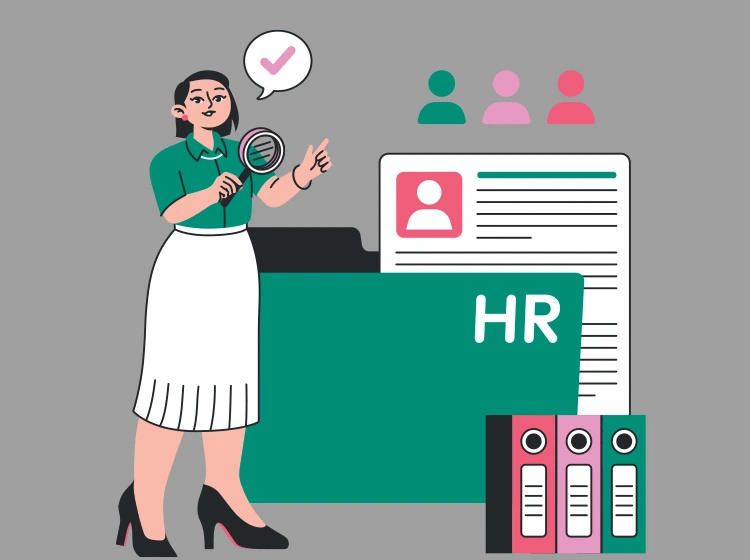The process of offering benefits to employees has not changed much over the last few decades. New benefits have been added, and benefits chosen from a menu have emerged. However, traditional structured benefits selected by the employer without flexible options are not filling the needs of today’s employees who want to customize their benefits to better fit personal circumstances and preferences.
Customized benefits packages that enable employees to develop individualized benefit plans are a better fit for all employee generations, but successful implementation and utilization relies on Human Resources (HR) adapting its role in numerous ways. The HR function must engage individual employees in benefits selections, implement and maintain benefits management systems that can handle more complex benefits options, maintain privacy and security, and increase collaboration with vendors on benefits and software selection, to name a few. In the elevated role, HR becomes even more strategic in helping the organization attract and retain employees.
Suiting Individual Employee Needs
Traditionally, benefits packages are rigidly structured, and employees are unable to personalize their benefits. The emergence of flexible benefits packages have offered employees the ability to customize their benefits based on personal needs. Today, most employees prefer flexible benefits, and they expect a broader range of options that include non-medical benefits. These benefits include options like gym memberships, professional development opportunities, time off to care for family needs, mental health benefits, financial wellness benefits, and many others. Flexible benefits programs are more complex to establish and manage than structured packages, meaning the role HR plays must adapt.
Login Here

